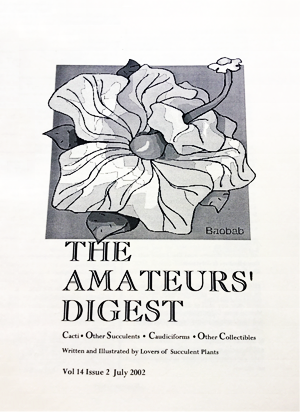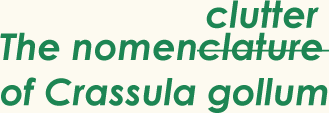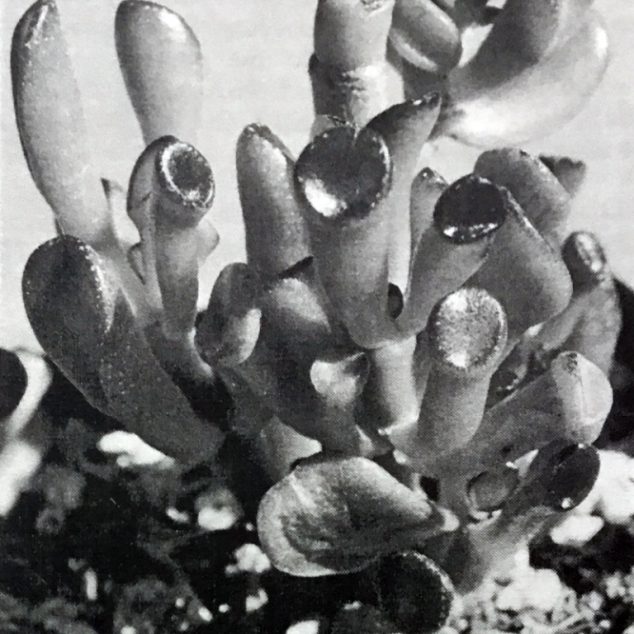By Marina Welham
![]()
Featured image above; Organized white-collar government crime in British Columbia partners with corrupt courts to rubber-stamp grand theft, fraud, forgery and perjury.
Foreword
“… it seems your mother kept the plants in ordinary pots, not in good or expensive pots to draw special attention, not labelling and naming the plants with Latin name(s).”
That’s a direct quote from email to me by Nerissa Poon, the estate administrator in Marina’s probate file at the British Columbia Public Guardian and Trustee. An obvious attempt to diminish to zero the value of Marina’s plant collection which disappeared from the estate without an accounting.
Laws in British Columbia and elsewhere require a trustee to account for all of the assets of an estate. For Marina’s estate, the trustee has refused to account for her 28-year publishing business (it vanished in their hands together with all her work copyrighted by law in Canada for 50 years after her death); while lying to me about the contents of Marina’s two greenhouses (all of which are also “missing”).
The administrator has alleged to me that Marina’s plants were left behind by them (abandoned!) in her two greenhouses, for the “new owners” to enjoy. Realtor’s photos, however, employed to sell the property behind my back (more theft) show both greenhouses are empty.
(Above:) Marina’s home and garden greenhouses at 8591 Lochside Drive, Sidney, B.C. (realtor’s photos)Nonetheless, an administrator has no right to abandon or “give away” parts of an estate.
The administrator’s pretext that Marina didn’t keep her plants in “good or expensive pots” (to evade liability for them eby suggesting they were worthless) has been countered by Marina’s former subscriber, a gentleman with his own greenhouse who kindly excavated today’s article by Marina from his own copies of her journal. In his email to me received March 28, 2021, the gentleman took care to note:
“Attached is a newsletter from a group I belong to with a short piece by yours truly. It shows a couple of frames (of plants). One point to notice is that all the pots are plastic, i.e. ‘ordinary’. The plants in them have been mostly grown from habit collected seed and all have reference numbers as to which particular part of S. Africa they came from. These plants are not easily available commercially, if at all, so none could be considered ‘ordinary’. So they are special plants in ordinary pots because plastic pots are fine.”
 At last, my treat for you today: Marina’s “The nomen
At last, my treat for you today: Marina’s “The nomenclatureclutter of Crassula gollum” is from 2002, from an issue of hers that I don’t yet have a copy of. Marina’s former subscriber, mentioned above, was kind enough to send camera shots of the pages. The article is footnoted in an English-language journal, Crassulacea, No. 1, January 2013, see page 5; and cited in a German forum by fellow plantophiles.
You can download that issue of Crassulacea for the one or two color photos to enjoy of the plant Marina talks about in her own black & white piece featured here today.
![]()

Marina Welham
After years of encouraging people to use botanical names because common names are far too confusing, I am embarrassed to write this article. Having received this photograph of the plant known to many of us as Crassula ‘Gollum’, it occurred to me that I had seen the same plant somewhere with another name. I decided to do a little research so I could give you the facts. All I did was to open a can of worms.
Take a look at the list I made of all the names of this plant I came across in books, on the internet and in dealers’ catalogs.
Crassula argentea cv ‘Gollum’
Crassula argentea ‘Hobbit’
Crassula ‘Coral’
Crassula ‘Gollum’
Crassula ‘Gollum’ dwarf
Crassula ‘Hobbit’ Monstrose leaf form of the
common Jade Plant
Crassula Break Dancer – crest and so-called
mutant of Blauw Vogel which is a Dutch plant
Crassula Gollum (Hobbit)
Crassula ‘Hobbit’
Crassula montrose jaba ‘Hobbit’
Crassula ovata ‘Gollum’
Crassula ovata convoluta ‘Gollum’
Crassula ovata ‘Hobbit’
Crassula portulacea convoluta ‘Gollum’
Crassula portulacea cv. ‘Gollum’
Crassula ‘Skinny Fingers’ Jade
Crassula ‘Red Hobbit’
Crassula ovata ‘Coral’
Thought by some to be Crassula ‘Gollum’
Plant & Photo: Norma Lewis, Valley Village, CA
Red tips on the ‘fingers’
Some say Crassula ovata is the one and only correct name for most jades with of course the cultivar name following. So this plant we are talking about (do we actually remember which one that is by now?) should be correctly named Crassula ovata ‘Gollum’ or Crassula ovata ‘whatever other cultivar name has been given’. When people use the names Gollum, Hobbit, Skinny Fingers and Break Dancer, the trick is to figure out if they are all talking about the same plant or variations of it or simply don’t know what it is and hope one of the names is correct.
Others say Crassula portulacea is the preferred name with both Crassula argentea and Crassula obliqua being rejected. Note that Crassula obliqua is considered now as Crassula portulacea var oblique. I got this last bit of information from the web site of a British C&S Society affiliate group. I won’t name them in case the information is wrong! Sigh!
In any case the plant in the photo shown on the previous page [of the TAD print edition] has been known to me for many years as Crassula ‘Gollum’ and I will continue to call it that.
This plant enjoys sunshine and likes some warmth in winter. Apart from that it needs the usual care for succulents.
I hear tell one or two new books on crassulas are in the works. Perhaps in them we will find the answer.
Source: Welham, M. (2002) “The nomenclatureclutter of Crassula gollum.” The Amateurs’ Digest 14(2): 9-10. Marina Welham, Sidney, BC, Canada.
![]()





